Idea by
Gerhard Flora, Philipp Oberthaler, Rainer Ausserer, Laura Amann
pøl
https://www.facebook.com/pol.wien
Call for ideas 2017
The Architecture of Make Believe
The Architecture of Make Believe
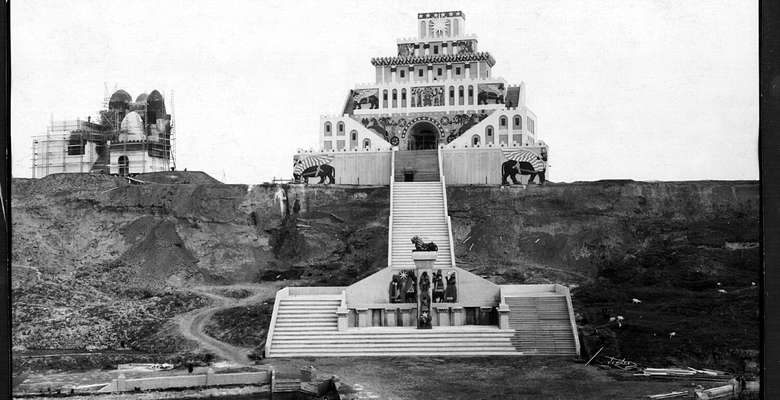
Architecture is not a stage, a backdrop. Architecture does not sit amongst the audience and clap. Architecture is the devoted friend, sneaky rival or femme fatale of the play. Architecture acts and is an actor within social structures, which it may strictly define for many epochs or help shatter in a matter of months, weeks or days.
Architecture does not roar, architecture prompts, makes believe, sabotages or stabilizes the act in question, architecture flatters its erectors and inhabitants, or stabs them in the back in other occasions.
Architecture conceals from sight, denies hearing to the ears or obstructs passage to the body, while simultaneously leading it, distorting its proportions, from small, to big, to weak or at times preserving its strength.
Architecture is the knock out argument, since the nature of all that is built is to substitute rules and arguments through facts. A rule can be broken. But without machines and canons the body cannot be up to the built facts.

Conception of the Graphic Novel: (first part)
The Architecture of the city becomes the leading actor of the plot, shaping the destinies of the protagonists and deciding about their success or defeat, revealing the power leant to those, who understand how to utilize it to their own means.Depending on their context the spatial configuration of single rooms, buildings or neighborhoods may either support the intentions and strategies of competing participants or lead them ad absurdum.
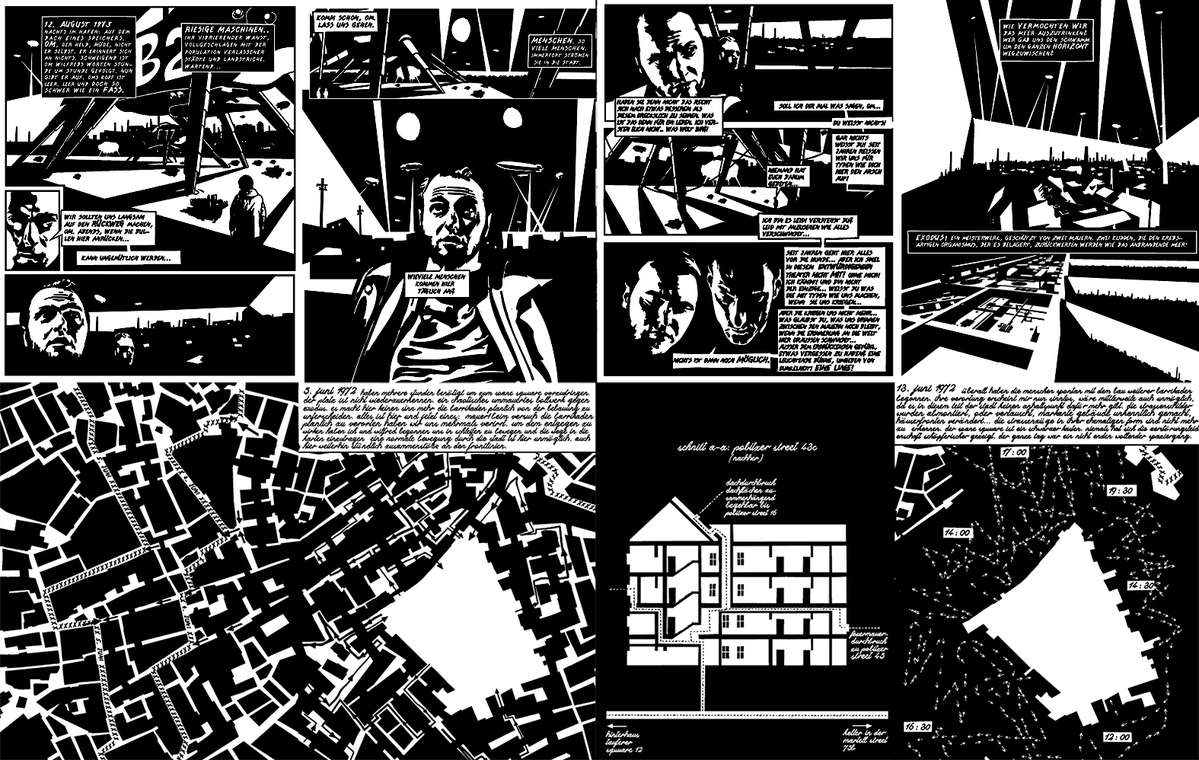
Connected through a narrative, close to classical patterns of storytelling of heroic journeys, by means of topological studies, historical maps, tactical battle plans and a collage of documents, the question: How does architecture become an actor? is examined.
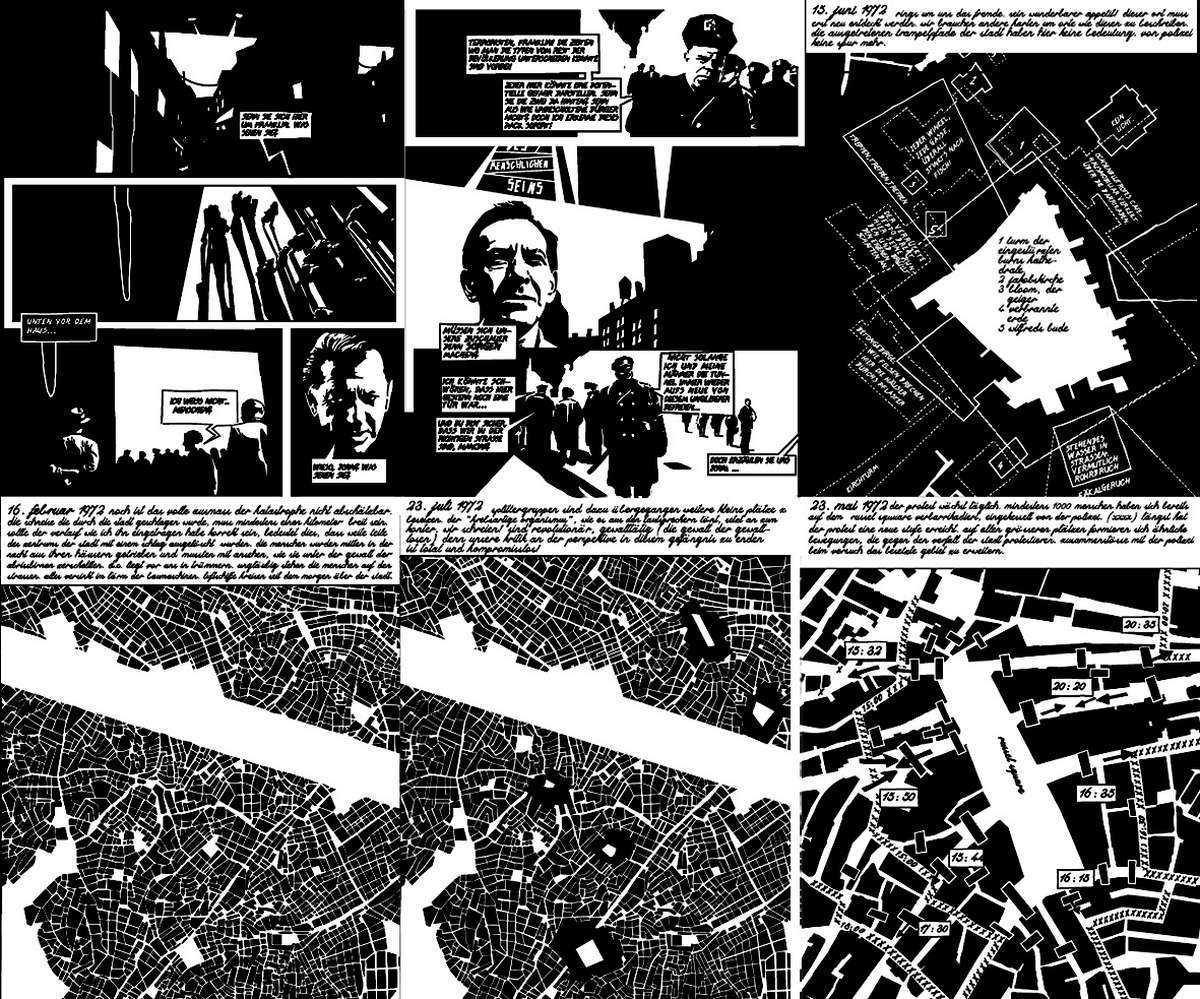
The representation of time-based processes through the means of a comic, allow to expose how architectonic structures radically change their meaning in relation to their context. How for example complete avenues are declared 'tunnel-endangered' areas, as was the case in divided Berlin, where their spatial texture in a specific historic moment caused residents automatically to be considered suspects.
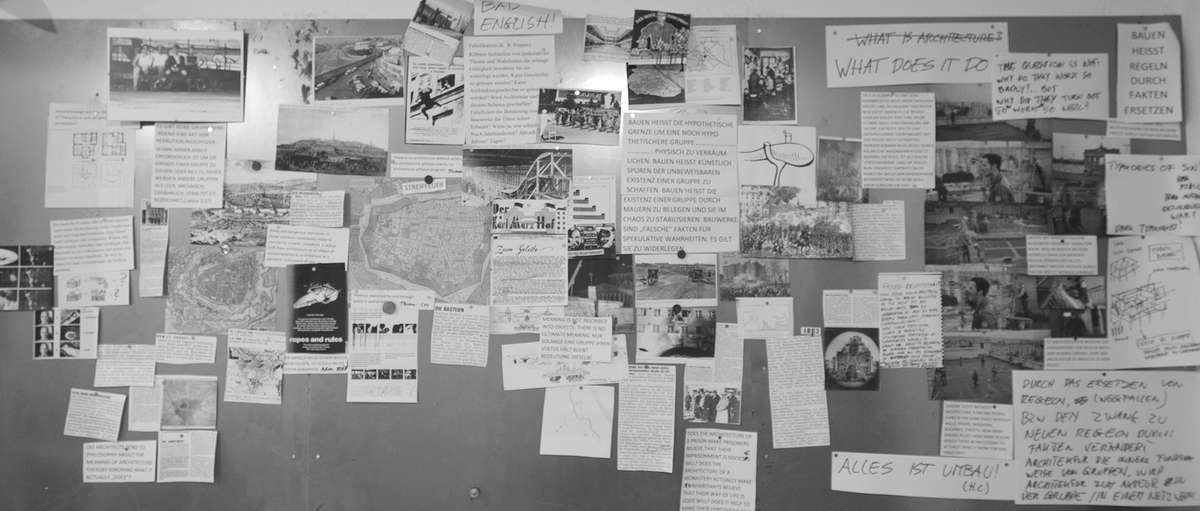
As the comic is devoted to the formulation and verification of the working assumption "Architecture as Actor", part 2 engages in actual experimental fundamental research. Which is the role of architecture in the constituency of groups and societies and how may architecture reinforce or destabilize their order? If building means the replacement of rules through facts: how do built environments and spatial configurations change the internal operating modes and the external appearance of groups?
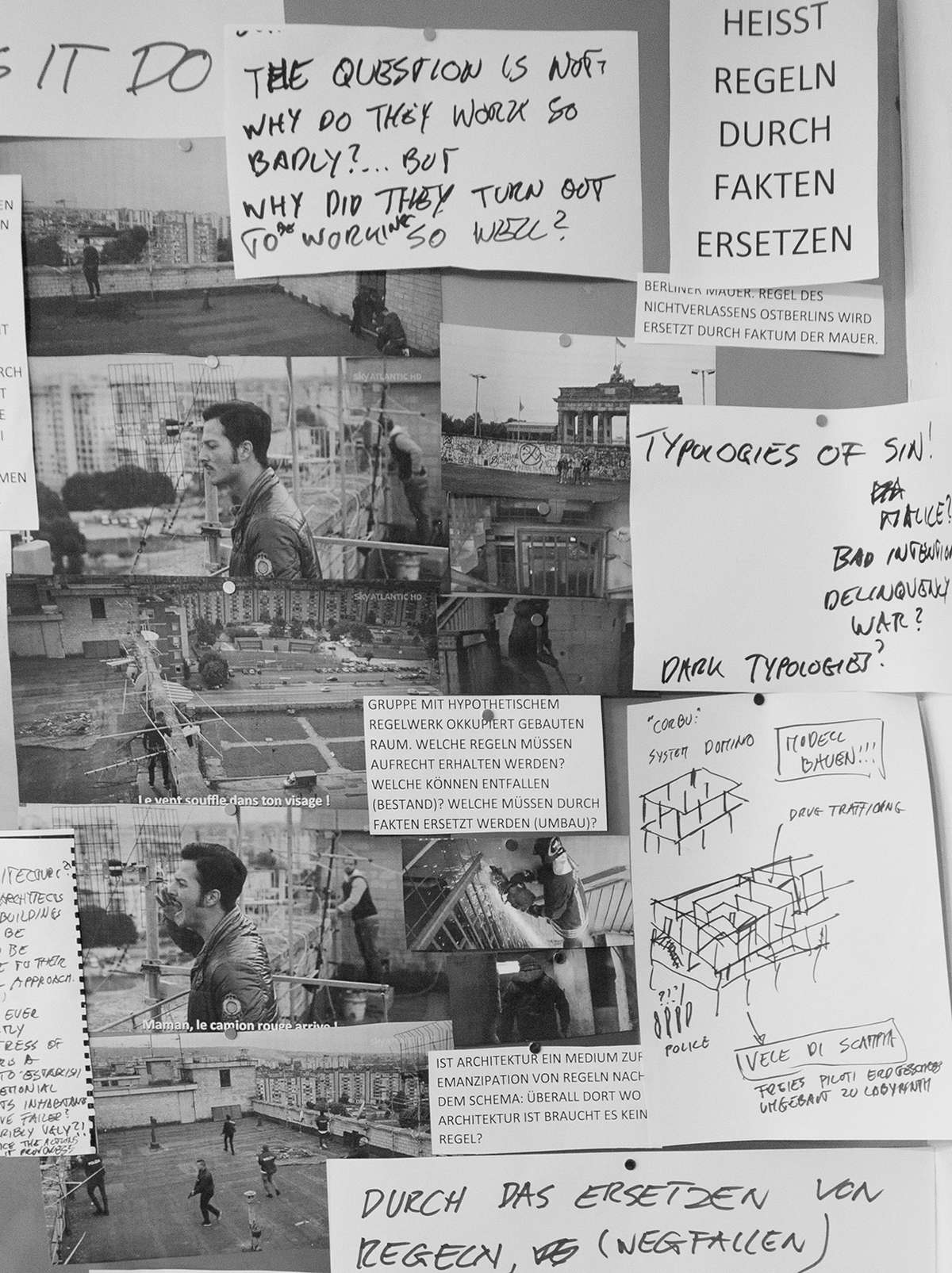
If the Italian Camorra redesigns complete street levels to labyrinths in order to reduce the effectiveness of police raids, do spaces replace the need for secret agreements with executive authorities?
Does bribing, otherwise integral part of mafia practice, in such places become at least partially obsolete? If Social Democracy realizes its Red Vienna, is this proof of the truthfulness of class theory?
The Architecture of Make Believe
The Architecture of Make Believe

Architecture is not a stage, a backdrop. Architecture does not sit amongst the audience and clap. Architecture is the devoted friend, sneaky rival or femme fatale of the play. Architecture acts and is an actor within social structures, which it may strictly define for many epochs or help shatter in a matter of months, weeks or days.
Architecture does not roar, architecture prompts, makes believe, sabotages or stabilizes the act in question, architecture flatters its erectors and inhabitants, or stabs them in the back in other occasions.
Architecture conceals from sight, denies hearing to the ears or obstructs passage to the body, while simultaneously leading it, distorting its proportions, from small, to big, to weak or at times preserving its strength.
Architecture is the knock out argument, since the nature of all that is built is to substitute rules and arguments through facts. A rule can be broken. But without machines and canons the body cannot be up to the built facts.
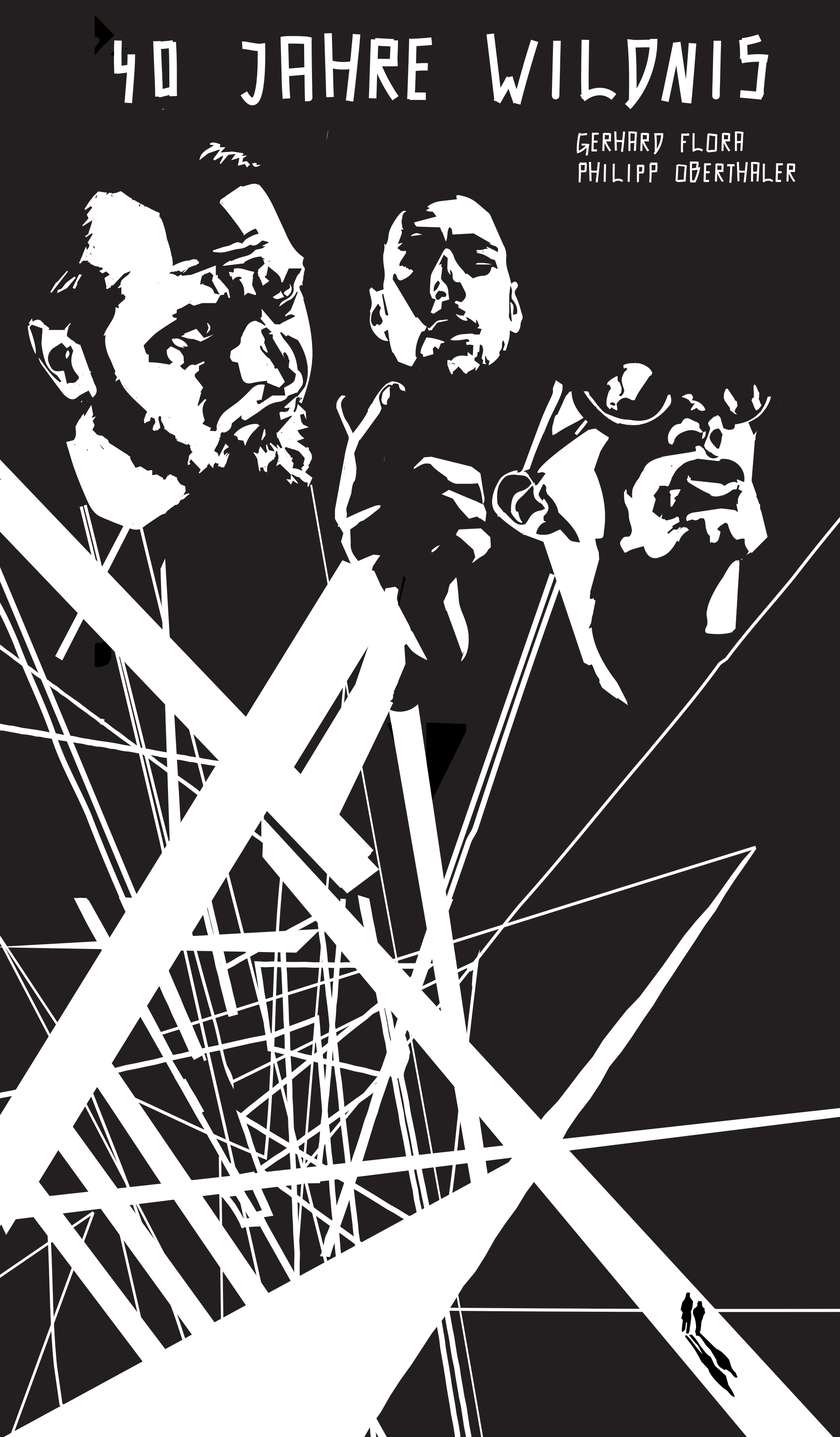
Conception of the Graphic Novel: (first part)
The Architecture of the city becomes the leading actor of the plot, shaping the destinies of the protagonists and deciding about their success or defeat, revealing the power leant to those, who understand how to utilize it to their own means.Depending on their context the spatial configuration of single rooms, buildings or neighborhoods may either support the intentions and strategies of competing participants or lead them ad absurdum.

Connected through a narrative, close to classical patterns of storytelling of heroic journeys, by means of topological studies, historical maps, tactical battle plans and a collage of documents, the question: How does architecture become an actor? is examined.
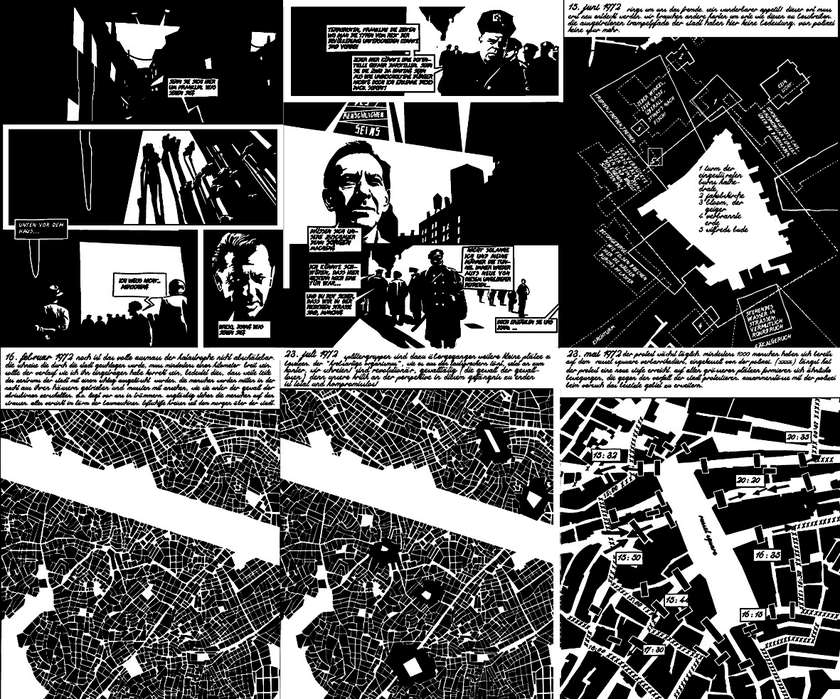
The representation of time-based processes through the means of a comic, allow to expose how architectonic structures radically change their meaning in relation to their context. How for example complete avenues are declared 'tunnel-endangered' areas, as was the case in divided Berlin, where their spatial texture in a specific historic moment caused residents automatically to be considered suspects.
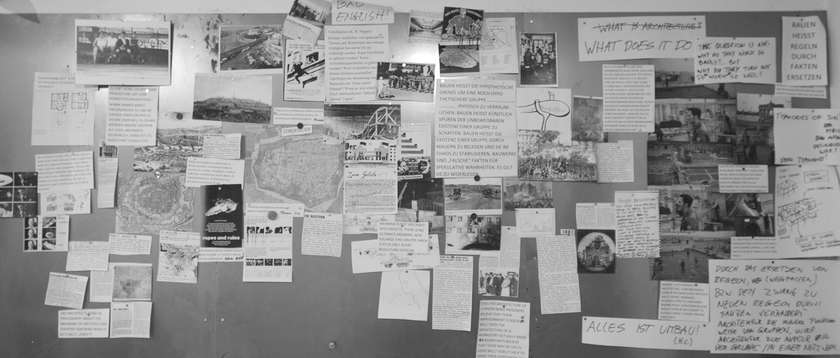
As the comic is devoted to the formulation and verification of the working assumption "Architecture as Actor", part 2 engages in actual experimental fundamental research. Which is the role of architecture in the constituency of groups and societies and how may architecture reinforce or destabilize their order? If building means the replacement of rules through facts: how do built environments and spatial configurations change the internal operating modes and the external appearance of groups?
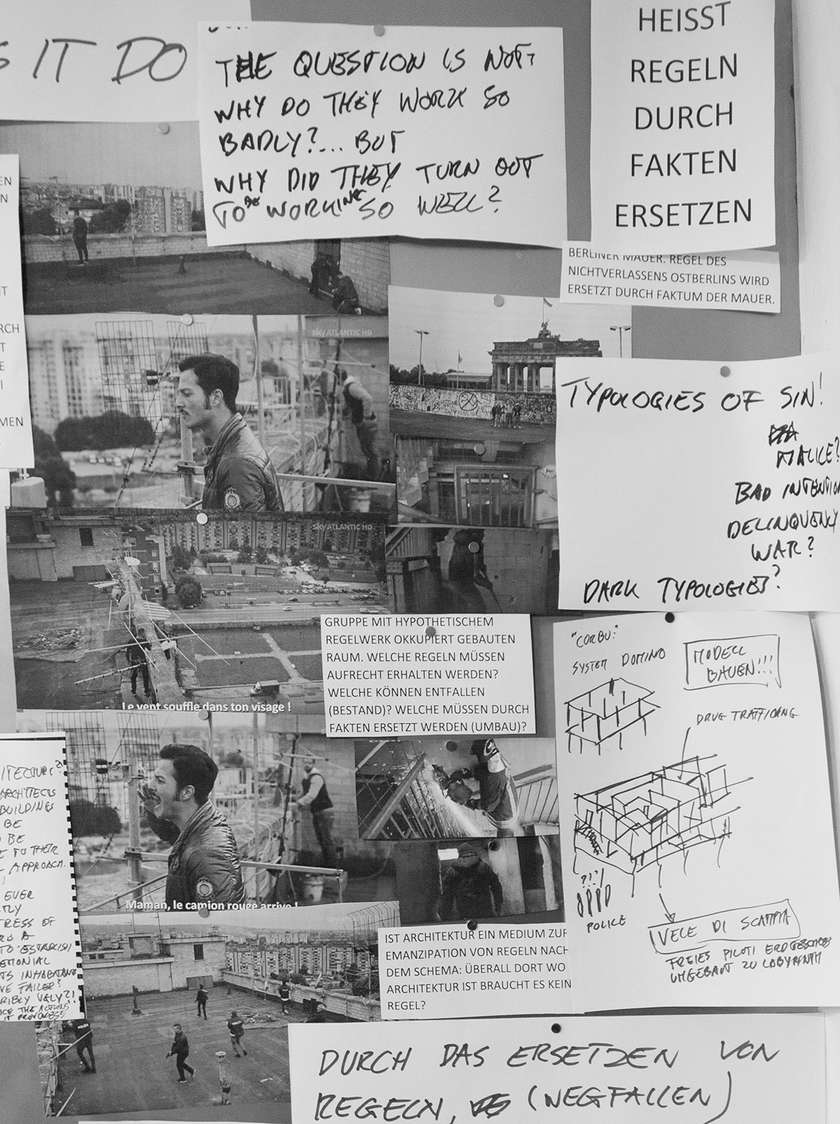
If the Italian Camorra redesigns complete street levels to labyrinths in order to reduce the effectiveness of police raids, do spaces replace the need for secret agreements with executive authorities?
Does bribing, otherwise integral part of mafia practice, in such places become at least partially obsolete? If Social Democracy realizes its Red Vienna, is this proof of the truthfulness of class theory?